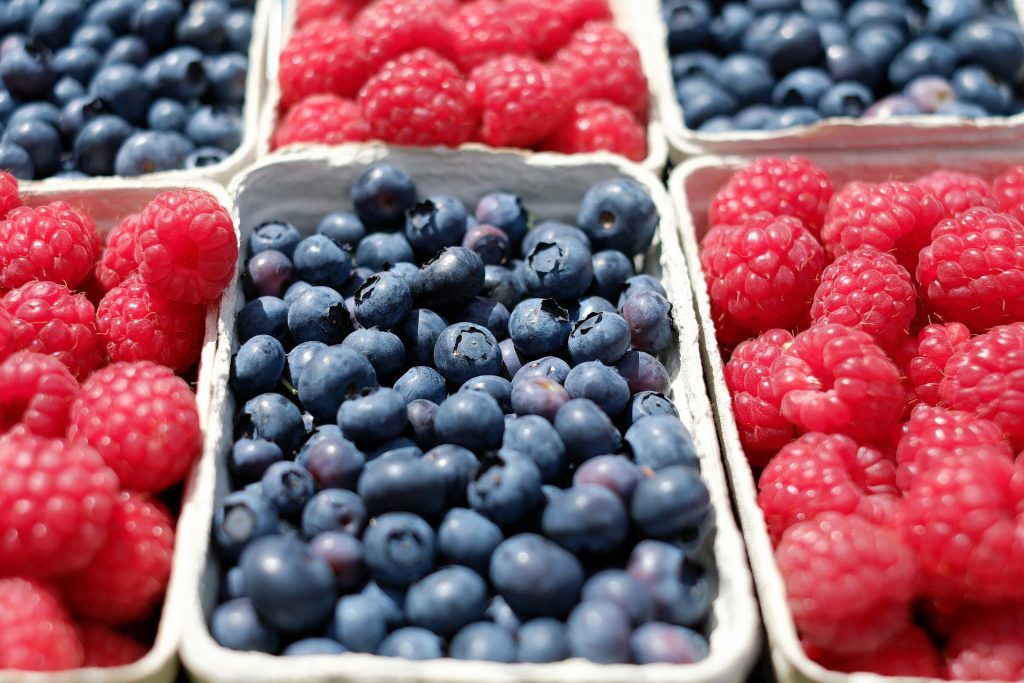 Vitamin C is an important dietary antioxidant. The vitamin role for vitamin C relates to its ability to act as a reducing agent in a number of metabolic reactions, one of which is required for the synthesis of collagen, which in turn is used to maintain the integrity of blood vessel walls. This explains the bleeding associated with a dietary deficiency of vitamin C (scurvy). As well as this specific role in metabolism, vitamin C also plays a more general role as an antioxidant. Vitamin C is water soluble and in this respect it can be found the water soluble compartments of the cell and the extracellular space. Here it interacts with other vitamin antioxidants such as vitamin E in order to maintain the antioxidant defences of the tissues. Other dietary non-essential (non-vitamin) antioxidants may also interact with vitamin C, and one example of this interaction is with the flavonoids. Flavonoids have been shown to be potential antioxidants in humans and they may significantly contribute to the antioxidant defences in human tissues.
Vitamin C is an important dietary antioxidant. The vitamin role for vitamin C relates to its ability to act as a reducing agent in a number of metabolic reactions, one of which is required for the synthesis of collagen, which in turn is used to maintain the integrity of blood vessel walls. This explains the bleeding associated with a dietary deficiency of vitamin C (scurvy). As well as this specific role in metabolism, vitamin C also plays a more general role as an antioxidant. Vitamin C is water soluble and in this respect it can be found the water soluble compartments of the cell and the extracellular space. Here it interacts with other vitamin antioxidants such as vitamin E in order to maintain the antioxidant defences of the tissues. Other dietary non-essential (non-vitamin) antioxidants may also interact with vitamin C, and one example of this interaction is with the flavonoids. Flavonoids have been shown to be potential antioxidants in humans and they may significantly contribute to the antioxidant defences in human tissues.

The results of one study showed that highbush and lowbush blueberries had significantly higher ORAC values compared to strawberries and raspberries. However, the high ORAC values were likely due to the presence of phenolic compounds, including anthocyanins, rather than the vitamin C. This was evidenced because although strawberries and raspberries had higher levels of vitamin C than blueberries, they had lower total antioxidant capacities. In contrast, blueberries had higher antioxidant capacities, but lower total vitamin C concentrations, but higher levels of total phenolic and total anthocyanins. Therefore it is likely that the phenolic compounds, including anthocyanin, provide significantly greater antioxidant capacity compared to vitamin C. However, in humans, these compound may act synergistically together to provide a wade ranging antioxidant defence. Both antioxidants are therefore of importance.
Berries are good sources of both vitamin C and phenolic compounds such as flavonoids. In particular, berries contain high concentrations of the anthocyanin group of flavonoids. Anthocyanins are red, blue or purple in colour and this accounts for the common occurrence of these colours in berries. Studies have investigated the relative contribution of vitamin C and anthocyanins to the antioxidant capacity of various berries by measuring the total amount of anthocyanins, the total amount of vitamin C, the total amount of phenolic compounds and the total antioxidant capacity of the berries (measured as ORAC units; oxygen radical absorbance capacity). A comparison of strawberries, raspberries, highbush blueberries and lowbush blueberries suggested that the antioxidant capacity of berries was contributed to by the anthocyanins and other phenolics to a greater extent than the vitamin C. As the blueberries had higher amounts of total phenolics and anthocyanins, they also had higher antioxidant values.

Compared to strawberries and raspberries, blueberries may be far better sources of phenolic compounds including anthocyanins. Phenolic compound provide significant antioxidant benefits that may improve health. However, strawberries and raspberries are still high in antioxidants, perhaps just not as high as blueberries.
Eat Well, Stay Healthy, Protect Yourself
RdB
